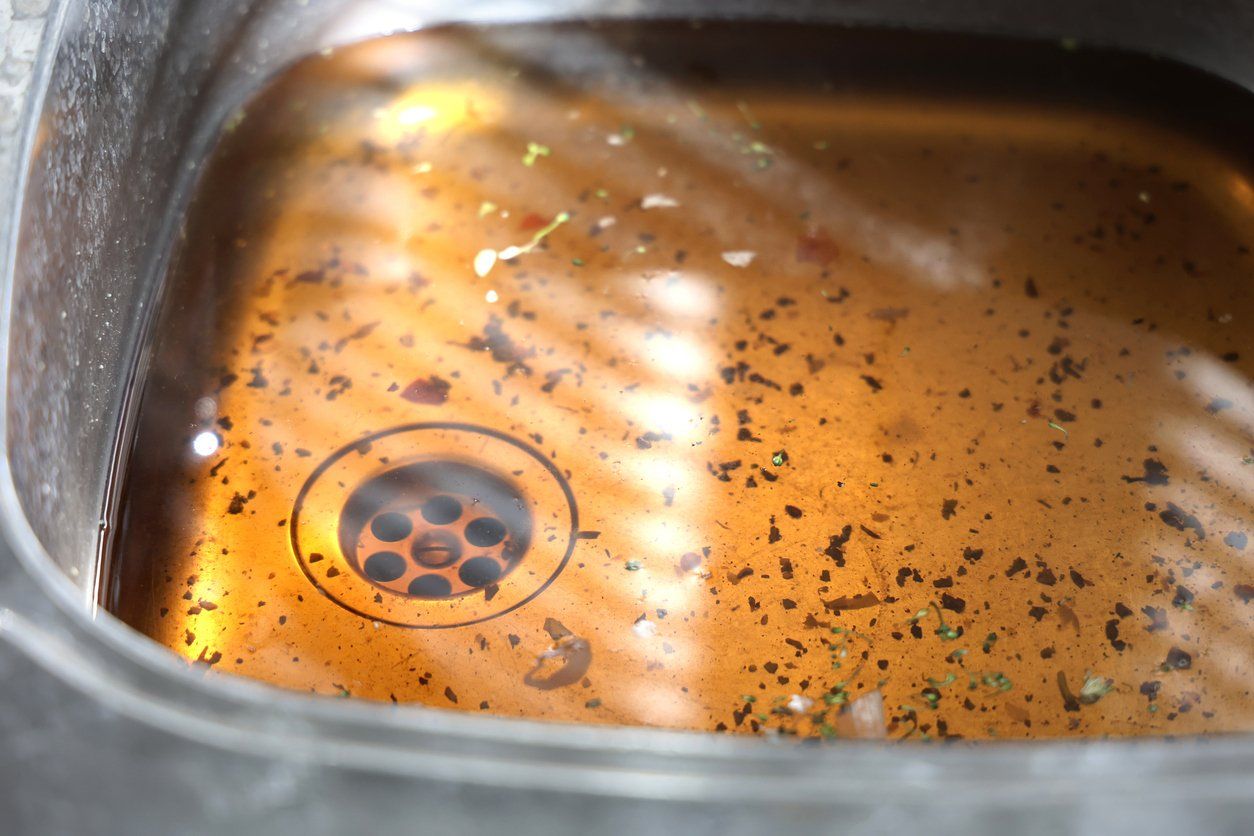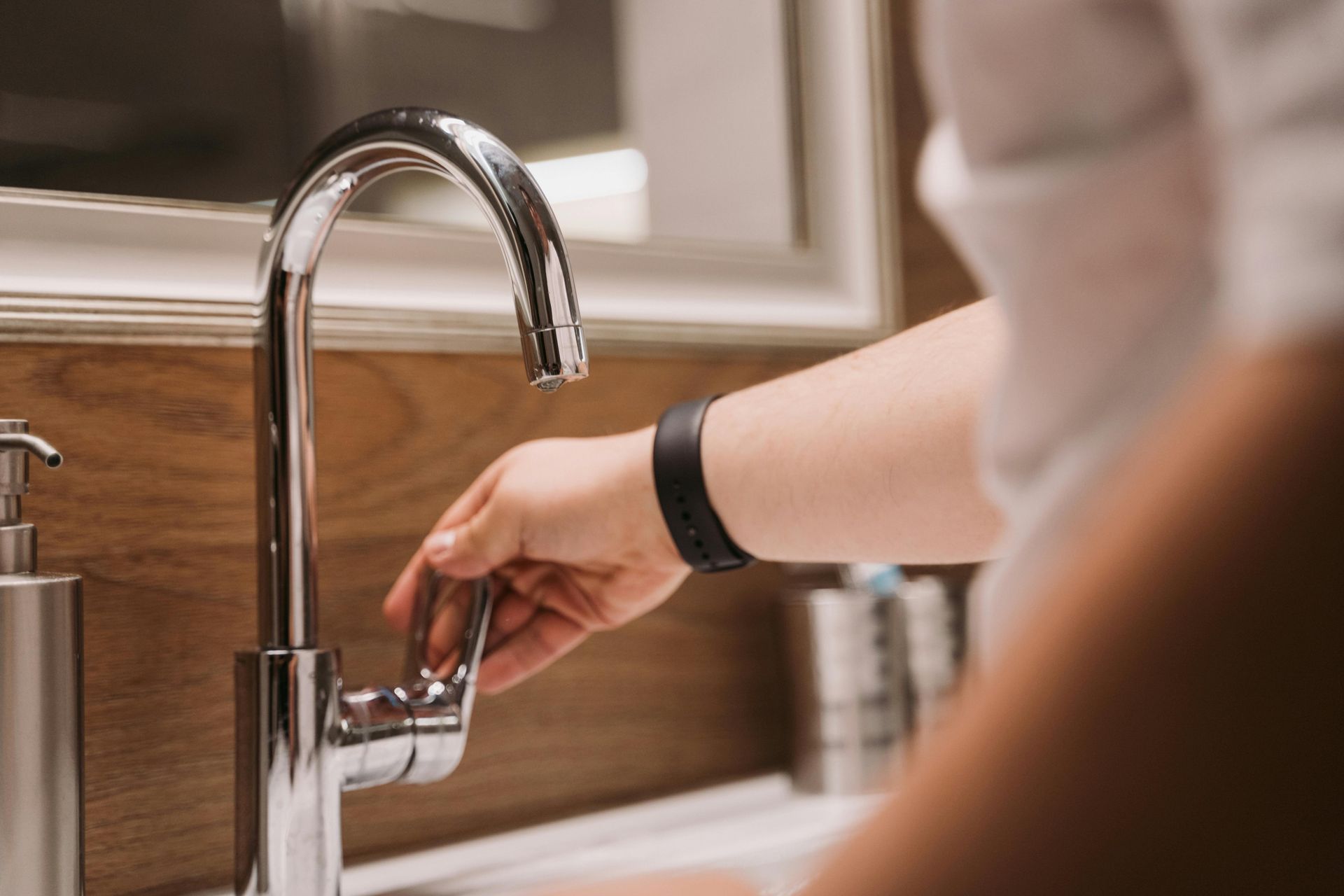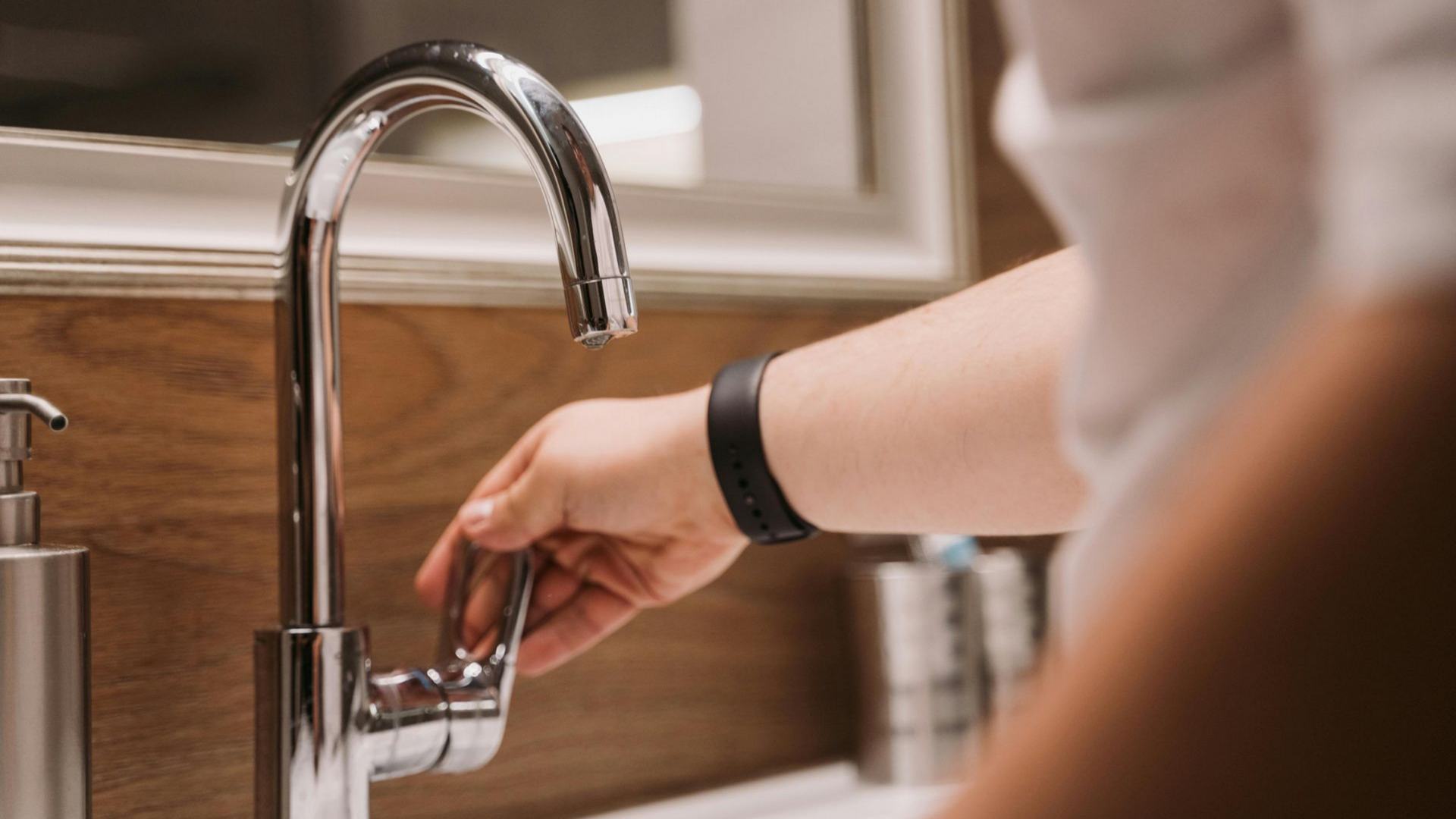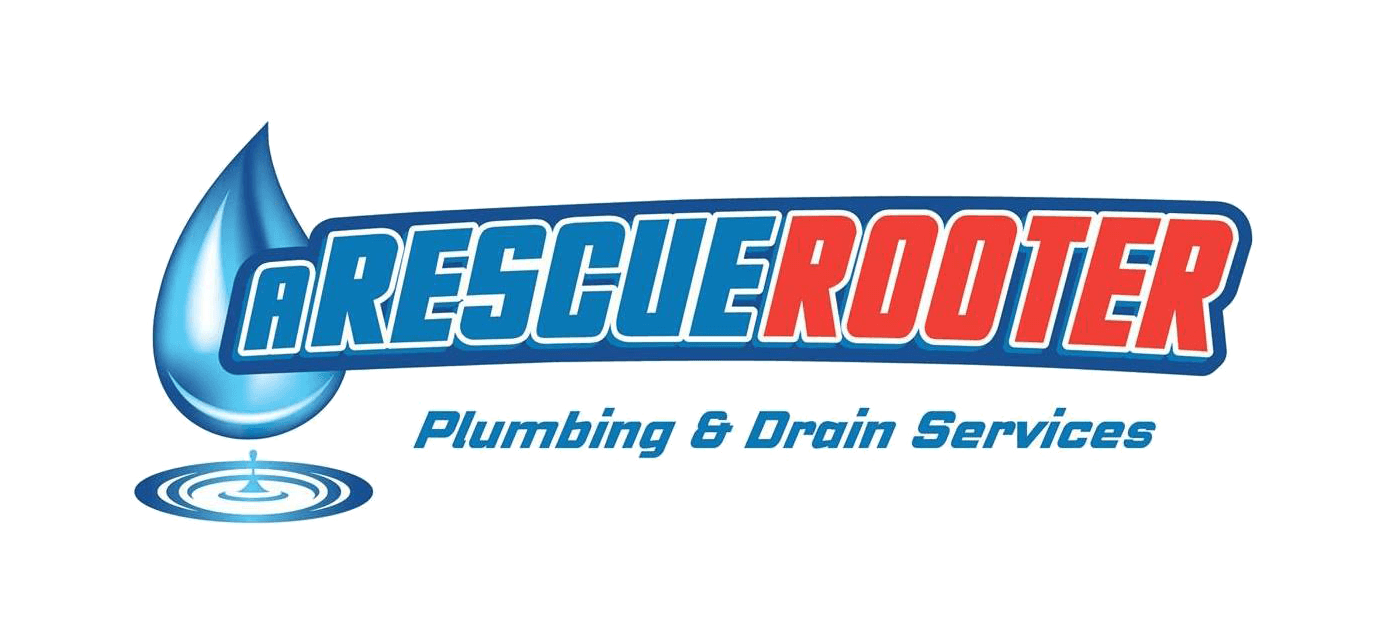Dealing with Drainage (Clogs)

One of the most popular topics that comes to mind when discussing plumbing issues are those darned clogs that happen to most of us. Your home’s plumbing system is quite intricate, so the odd drainage issue shouldn’t be a surprise. When you call A Rescue Rooter, they will find the cause and repair it.
The most common reasons for clogs are:
- Hair that has lodged in the drain. It shouldn’t be a surprise that hair is the reason for most clogged drains in the bathtub. After the drain is unclogged, you should really consider purchasing a drain cover to prevent future hair clogs. There is also a tool you can pick up at your hardware store that will help you remove unwanted hair. Your plumbing professional at A Rescue Rooter will resolve the hair issue for you.
- Food and grease may be lodged in the drain. Good chance this is the issue if the clog is discovered in the kitchen sink. Excess food bits and grease should never go down a drain. Dispose of those items by composting. Some folks are known to dispose of that type of waste in their garden.
- Think about what you’re flushing down your toilet. A lot of people are guilty of getting rid of diapers, feminine hygiene products, hair, paper towels and the like by flushing. The system related to your toilet is only for toilet paper and human waste. Excessive use of a plunger is not ideal. Be mindful.
These are the most common reasons for drainage (clogs) that most of us seem to deal with. Don’t be embarrassed if other foreign objects make down your drain, has been known to happen. You won’t be the first and rest assured, you won’t be the last! Call A Rescue Rooter if you’re dealing with any issues that you think may be related to drainage issues. Do you think your pipes are draining slowly? Are you hearing funny noises? Do you smell something strange around your drains? This are valid reasons to call A Rescue Rooter. Let their knowledgeable team of plumbers come to your aid. A Rescue Rooter has CCTV inspection and everything needed to get to the root of your pesky clog.
The Hamilton Plumbers at A Rescue Rooter are available 24/7 for you. Look for their coupons here online. Their plumbers are fully licensed and insured and no job is too big or too small. They service Southern Ontario with the solution needed to repair your clogged drains. For all your commercial, residential and industrial plumbing needs, you can trust A Rescue Rooter. Contact them at (905) 521-8284 or complete their online form. They are a family run business who are available to you 24 hours a day, 7 days a week. A Rescue Rooter will provide you with a free quote too. They are fully insured and have all your plumbing needs covered and they won’t charge a Premium Rate in an emergency.
Thanks to their 40+ years of plumbing experience, they know plumbing problems vary widely. They have a fleet of more than 10 fully equipped trucks and a staff of licensed, certified plumbers. They rely on their industry knowledge and up-to-date techniques,
A Rescue Rooter
(905) 521-8284






